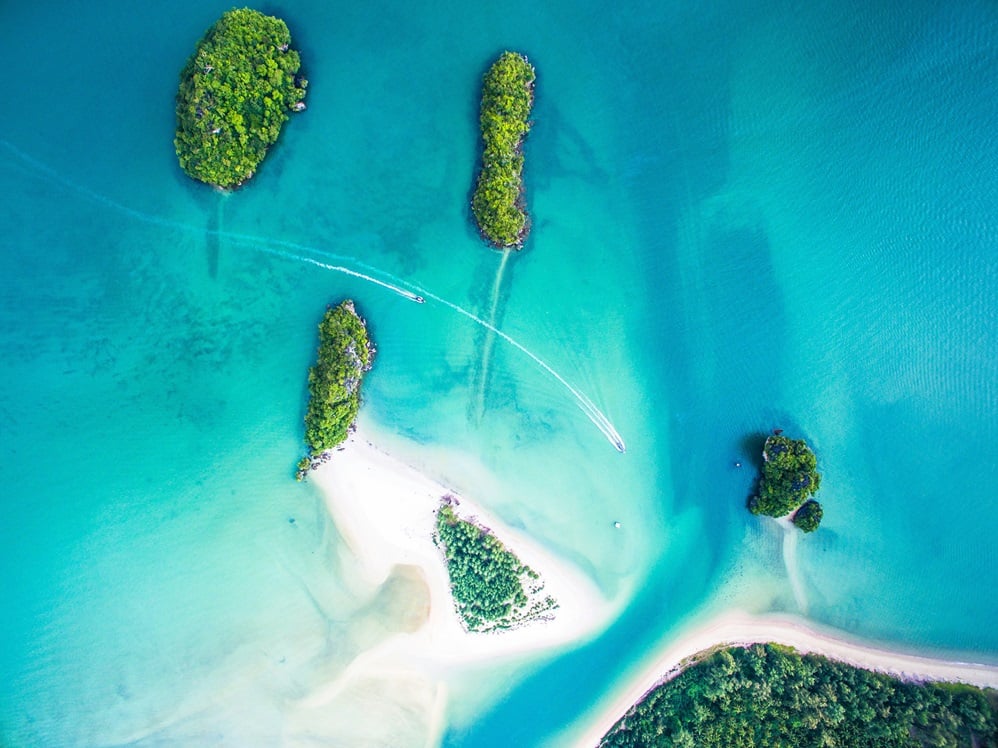Table of Content
Are you wondering where the best diving in Southeast Asia can be found? We explore the top diving destinations in Indonesia, the Philippines, and Thailand. Each country offers unique marine environments, vibrant coral reefs, and diverse marine life. Whether you’re captivated by the vast biodiversity of Indonesia, the crystal-clear waters of the Philippines, or the culturally rich dive sites of Thailand, we’ll guide you through the highlights of each destination.
Is the Southeast Asia good for scuba diving?
Southeast Asia is a premier destination for scuba diving, attracting divers from around the world. Indonesia offers the most diverse range of diving itineraries, with unique features at destinations such as Komodo, Raja Ampat, Alor, Ambon, Banda, and Cenderawasih Bay. Divers can visit Indonesia multiple times and discover something new on each trip. Indonesia is often considered one of the best places for liveaboard diving cruises. With over 17,000 islands, it offers an incredible variety of dive sites, each boasting rich biodiversity. The Coral Triangle, which spans parts of Indonesia, is home to 76% of the world’s coral species and over 2,000 species of reef fish. Sites like Raja Ampat, Komodo National Park, and the Banda Sea are renowned for their stunning coral gardens, dramatic walls, and abundant marine life. Divers can encounter majestic manta rays, the elusive pygmy seahorse, and vibrant nudibranchs.
The Philippines provides varied diving experiences, but the most renowned destination, Tubbataha, is only accessible for a short period due to its brief diving season. This top destination for scuba diving is known for its clear waters and incredible marine biodiversity. The country is part of the Coral Triangle and boasts some of the most diverse marine ecosystems in the world. Popular dive destinations include Tubbataha Reefs Natural Park, Apo Reef, and the islands of Cebu, Bohol, and Palawan. The Philippines is also famous for its wreck diving, particularly in Coron Bay, where World War II shipwrecks are encrusted with corals and teeming with fish.
Thailand has some interesting dive sites, but the range of itineraries is less extensive compared to Indonesia and the Philippines. Thailand offers a unique blend of rich cultural experiences and world-class diving. The Andaman Sea and the Gulf of Thailand provide diverse diving environments, from the colorful reefs of the Similan Islands to the whale shark encounters at Richelieu Rock. Other notable sites include the Phi Phi Islands. Thailand’s waters are home to an array of marine creatures, including leopard sharks, turtles, and a variety of reef fish. Liveaboard trips in Thailand allow divers to explore multiple dive sites in one trip, maximizing the diving experience.

Diving Certification Requirements for Indonesia, the Philippines, and Thailand
Diving in Indonesia is renowned for its challenging conditions, which often include strong currents and deeper dive sites. As such, a minimum of an Advanced Open Water Diver (AOWD) certification from a recognized agency like PADI, SSI, or NAUI is typically required. Additionally, most liveaboards in Indonesia require divers to have 30-50 logged dives to participate in all dives. Novice divers with only an OWD certification will find they cannot partake in many of the dives due to the demanding nature of the sites.
Similarly, the Philippines offers diverse and often challenging dive sites. For liveaboard trips, particularly those exploring remote or deeper areas like Tubbataha Reefs Natural Park, Apo Reef, or Malapascua, an AOWD certification and a minimum of 30-50 logged dives are generally required. This ensures that divers are well-prepared to handle the conditions and maximize their diving experience. Divers holding only an OWD certification will not be able to participate in all dives offered on these trips.
Thailand stands out as a more accessible destination for novice divers. Most liveaboard cruises in Thailand are open to divers with an Open Water Diver (OWD) certification, requiring only 10-20 logged dives. This makes Thailand an excellent choice for less experienced divers who wish to enjoy the liveaboard experience without needing advanced certification or extensive dive logs. Popular dive sites such as the Similan Islands, Phi Phi Islands, and Koh Tao are well-suited for divers at all levels.
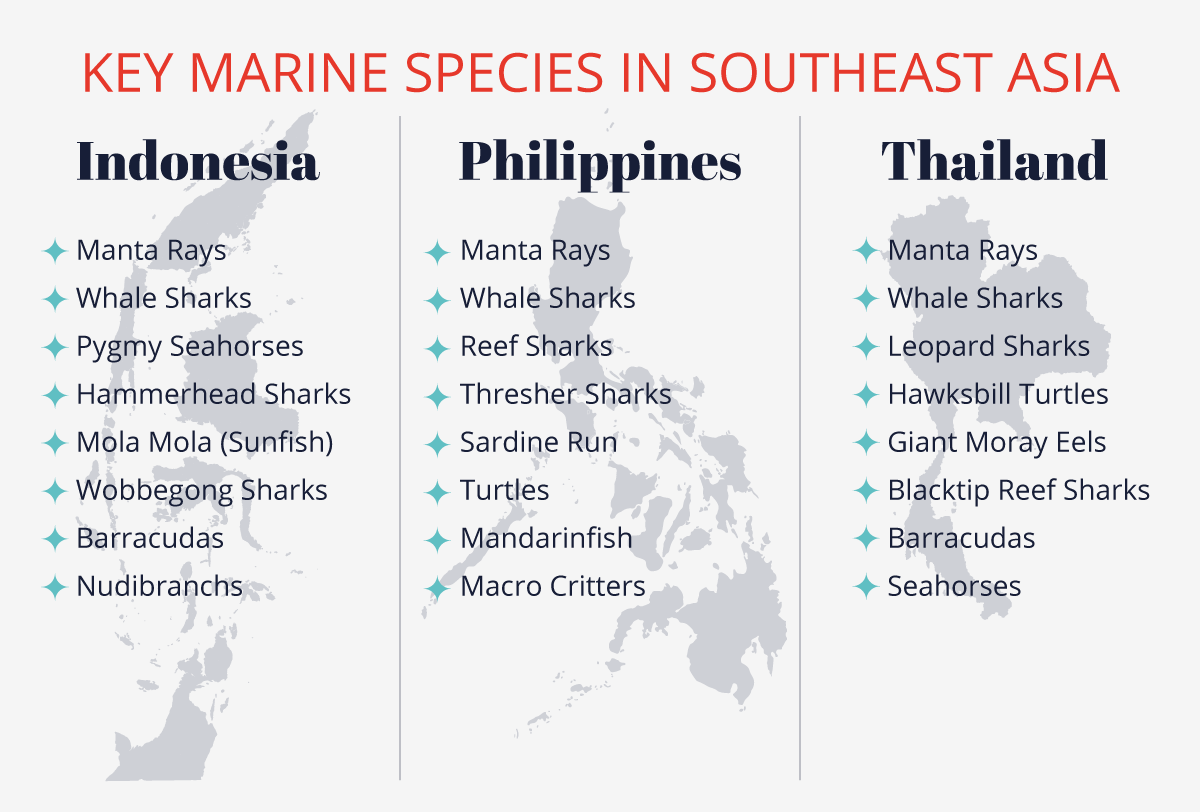
What are the best months for diving in Indonesia?
Indonesia offers year-round diving opportunities, but the best months for diving in Indonesia are typically from April to November. During these months, the conditions are ideal, featuring calm seas, excellent visibility, and favorable weather. The water temperature in Indonesia generally ranges from 26°C to 30°C (79°F to 86°F), making it comfortable for diving without the need for thick wetsuits. In some areas, water temperatures can vary slightly, so divers may want to check specific conditions for each region. Visibility during the peak diving season (April to November) is usually excellent, often exceeding 30 meters (98 feet), especially in popular diving areas like Raja Ampat and the Banda Sea.
- Raja Ampat: The best diving conditions are from October to April. The water is warm, and visibility is at its peak, with stunning marine biodiversity.
- Komodo National Park: Ideal diving months are from April to November. This period ensures calm seas and excellent visibility, perfect for exploring the vibrant reefs and encountering large marine species like manta rays.
- Banda Sea: The best time to dive here is from September to November, when conditions are calm, and the water is clear, providing opportunities to see large pelagics and pristine coral gardens.
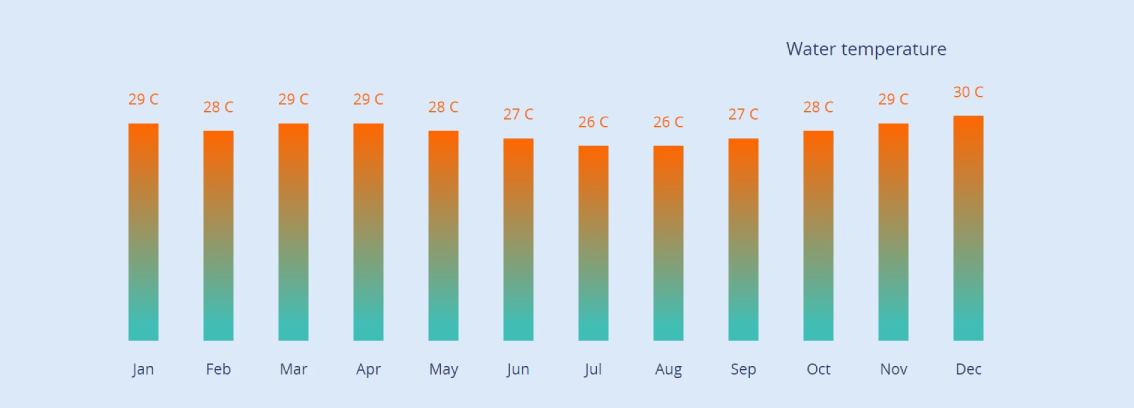
The Philippines is a year-round diving destination, but the best months for diving are typically from November to May. During this period, the weather is dry, and the seas are calm, providing optimal diving conditions. The water temperature in the Philippines ranges from 26°C to 30°C (79°F to 86°F), making it comfortable for diving. During the peak diving season (November to May), visibility is often excellent, ranging from 20 to 40 meters (65 to 130 feet), especially in popular dive areas like Tubbataha Reefs and Apo Reef.
- Tubbataha Reefs Natural Park: The best diving season is from mid-March to mid-June. This UNESCO World Heritage site offers pristine reefs and abundant marine life, with visibility often exceeding 30 meters (98 feet).
- Malapascua: November to May is the best time to visit, especially for sightings of thresher sharks, which are present year-round but most reliably seen during these months.
- Apo Reef: The prime diving season is from November to May, offering clear waters and excellent visibility to explore the vibrant coral gardens and diverse marine life.
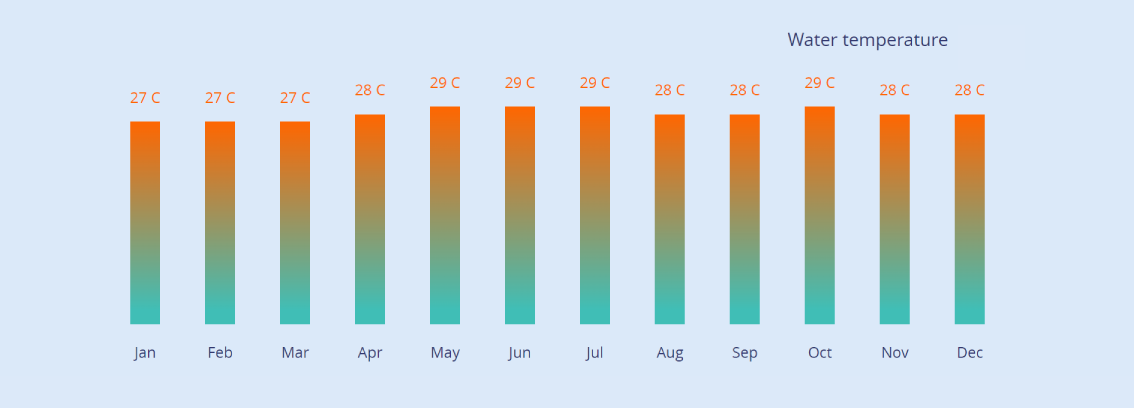
Thailand offers excellent diving conditions year-round, but the best months for diving vary depending on the region. Generally, the best months for diving in Thailand are from November to April for the Andaman Sea and from May to September for the Gulf of Thailand. The water temperature in Thailand ranges from 27°C to 30°C (81°F to 86°F), ensuring comfortable diving conditions. Visibility is typically very good, ranging from 15 to 30 meters (49 to 98 feet), depending on the region and season.
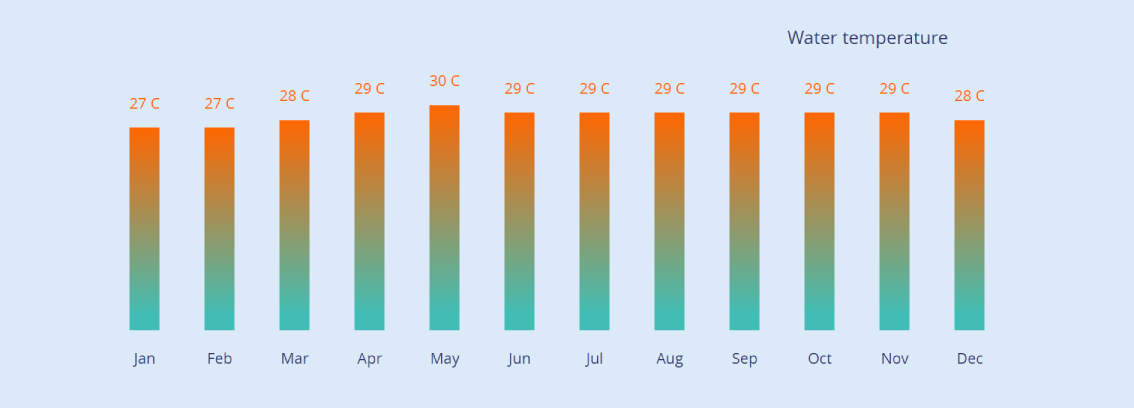
Is Thailand, cheaper than Indonesia or the Philippines?
Diving in Thailand is definitely more affordable compared to diving cruises in Indonesia and the Philippines. Thailand liveaboards often offer shorter 2-4 day trips, with budget-friendly options that include shared bathrooms in the cabins, suitable for those who don’t mind a bit of discomfort but still want excellent diving experiences.
The Philippines falls in the middle in terms of budget. There aren’t many liveaboards offering diving trips, and the price range is limited. While boats are generally not luxurious, they are well-equipped for good diving. Prices can vary slightly depending on the destination, with Tubbataha Reef trips being the most expensive and rarely discounted. Other destinations in the Philippines may offer discounts for early bird bookings or last-minute deals.
Indonesia liveaboards are the most expensive in Southeast Asia. Komodo is the most affordable destination, mainly because trips are usually shorter and can sometimes start from Bali, eliminating the need for an additional domestic flight. Other destinations like Raja Ampat, Banda, and Alor are pricier because trips are usually longer, typically from 9 to 15 nights, and partly due to the additional costs of domestic flights and National Park fees. However, the dive sites in these areas are incredibly varied, providing a rich marine diversity that ensures you will need more time to explore and will not be disappointed.
Southeast Asia is a diver’s paradise, offering an unparalleled variety of underwater experiences across Indonesia, the Philippines, and Thailand. Each destination boasts unique dive sites, rich marine biodiversity, and diverse itineraries, catering to all levels of diving enthusiasts. Overall, Indonesia and the Philippines offer more diversity in terms of dive sites, itineraries, and marine life compared to Thailand, but divers should be prepared for tougher diving conditions. Thailand, on the other hand, is easier to reach, more budget-friendly, and ideal for novice divers, although it can be more crowded. Whether you seek the expansive coral gardens and pelagic encounters of Indonesia, the pristine reefs and macro wonders of the Philippines, or the accessible and budget-friendly dives in Thailand, Southeast Asia promises unforgettable adventures beneath the waves. With its vibrant marine life, stunning underwater landscapes, and a range of liveaboard options, Southeast Asia truly stands out as a premier diving destination
